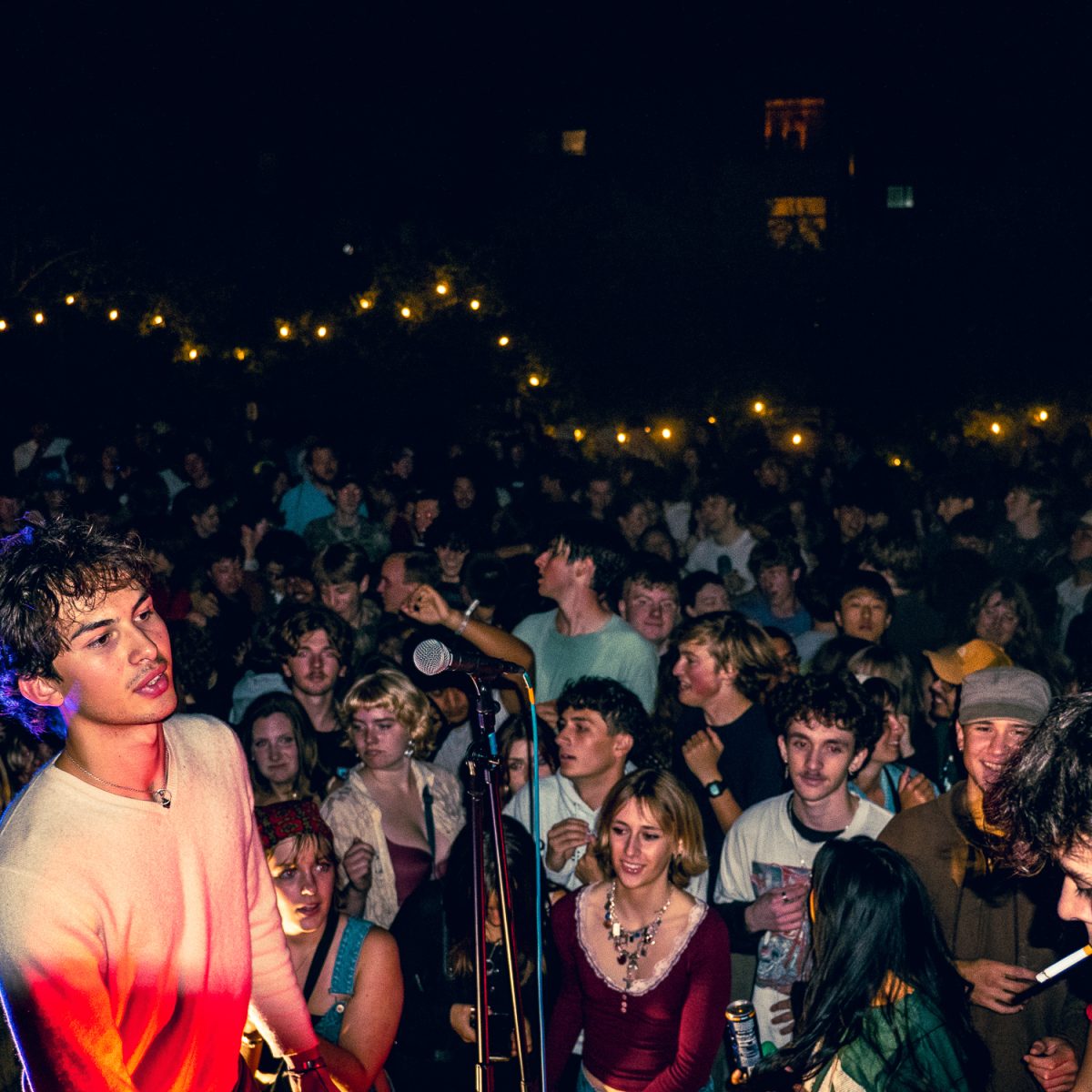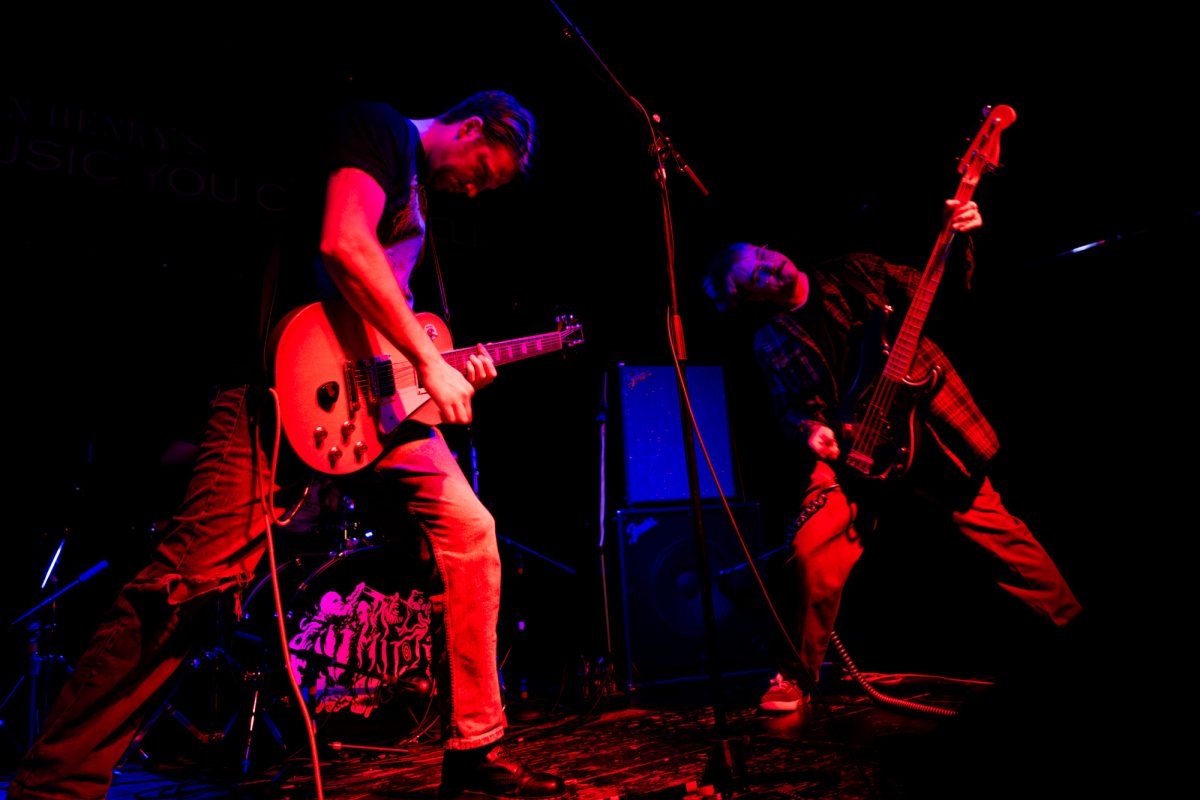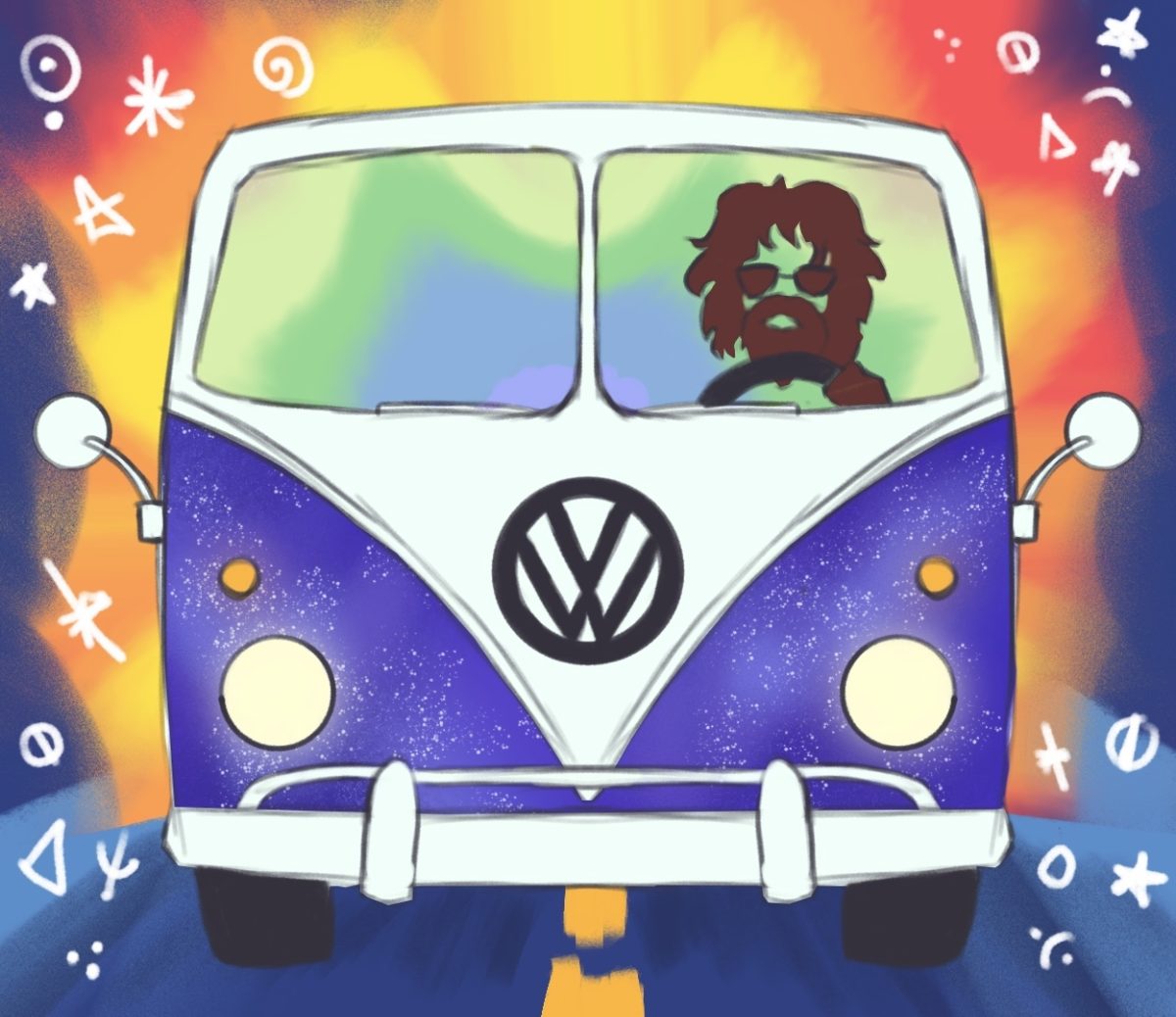Hip-hop is a long-standing genre that has lasted for over three decades now. From origins of good storytelling to seeing who can put the best words together to say something insightful, hip-hop has grown a lot to be where it is today. Hip-hop has always had a strong presence of “the streets” associated with it. When one references “the streets,” it’s often associated with gritty violence, drugs and accurate depictions of what is happening around the storyteller, also known as the rapper. Gang culture is one of the strongest elements of hip-hop that has managed to stay present up until today.
A quick, deep dive into the history of gangster rap shows that the style is mainly used to send a message. The War on Drugs, which was led by President Nixon to fix the country’s apparent drug problem, instead terrorized the lives of Black and Brown people. Groups like N.W.A. depicted how wrongfully they were being treated with songs such as “F*ck the Police,” and “Straight Outta Compton.” The claims were that they were profiled as gang members because they fit a certain look; however, no one in the group was an active gang member.
Today, in the mainstream music world, people are willingly showing their gang ties. Rapper Blueface, for example, is arguably one of the hottest right now. Though his biggest song at the moment is “Thotiana,” his name relates to the notable gang of Crips and he even has a song titled “Respect My Crypn.”
There are also plenty of acts who represent the opposite affiliation: the Bloods gang. Rapper YG has made his gang ties recognizable from his “Still Brazy” and “Stay Dangerous” album artworks, to the names of his songs such as “Bicken Back Being Bool.” YG has also engaged in recent beef with another artist by the name of Tekashi 69, someone who expresses gang ties to the Bloods and has recently found himself facing issues with the federal government on charges of RICO.
Gang affiliation is not just restricted to men. The Bronx rapper Cardi B, who just recently won a Grammy for Hip-Hop Album of the Year, wears a lot of red in many of her videos, which alludes to an affiliation to the Bloods. Her most recent video appearance, which just happens to be in the remix of Blueface’s “Thotiana,” shows her dressed in attire with a red bandana theme.
This leads to the main question — why has this portion of hip-hop remained relevant up until today? One could factor in the element of “coolness” it brings to have these types of affiliations. Listeners want to believe that rappers are living their raps and, therefore, if it is shown in the videos and artwork, that is further pushing this narrative.
However, there are instances where rappers such as Tekashi 69 and others find themselves in legal trouble or, even worse, life-threatening situations based on the realities that come with being a gang member. Another factor is the protection one could receive by aligning themselves with gang members, but of course, this always comes with a price.
Regardless, the prevalence of gang violence in hip-hop is still as alive as it was when it was desperately needed: 30 years ago.












